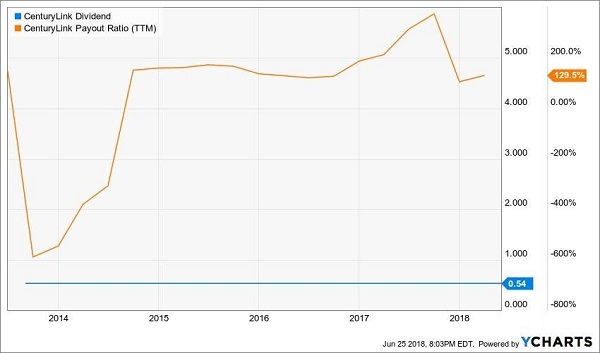Today we’ll discuss a 5.4% dividend that actually annualizes to 7%. A 5.7% payer that really dishes 12.4%. And even a headline 15% yield that is understated because the company handed out 16.1% last year.
Wait. What?
These “typos” fool the mainstream financial websites. We are discussing special dividends today. Payouts that are awarded as a bonus to regular quarterly dividends.
Only a select few firms dish specials. Sometimes, it’s thanks to a sudden influx of money. Let’s take billboard and transit display giant Outfront Media (OUT) which sold its Canadian business for C$410 million in cash in June.
Fast forward to November, and Outfront announced a massive 75-cent special dividend on top of its 30-cent quarterly dividend, vaulting its 12-month yield from a healthy 6.3% to a mouth-watering 10.2%.… Read more


Recent Comments